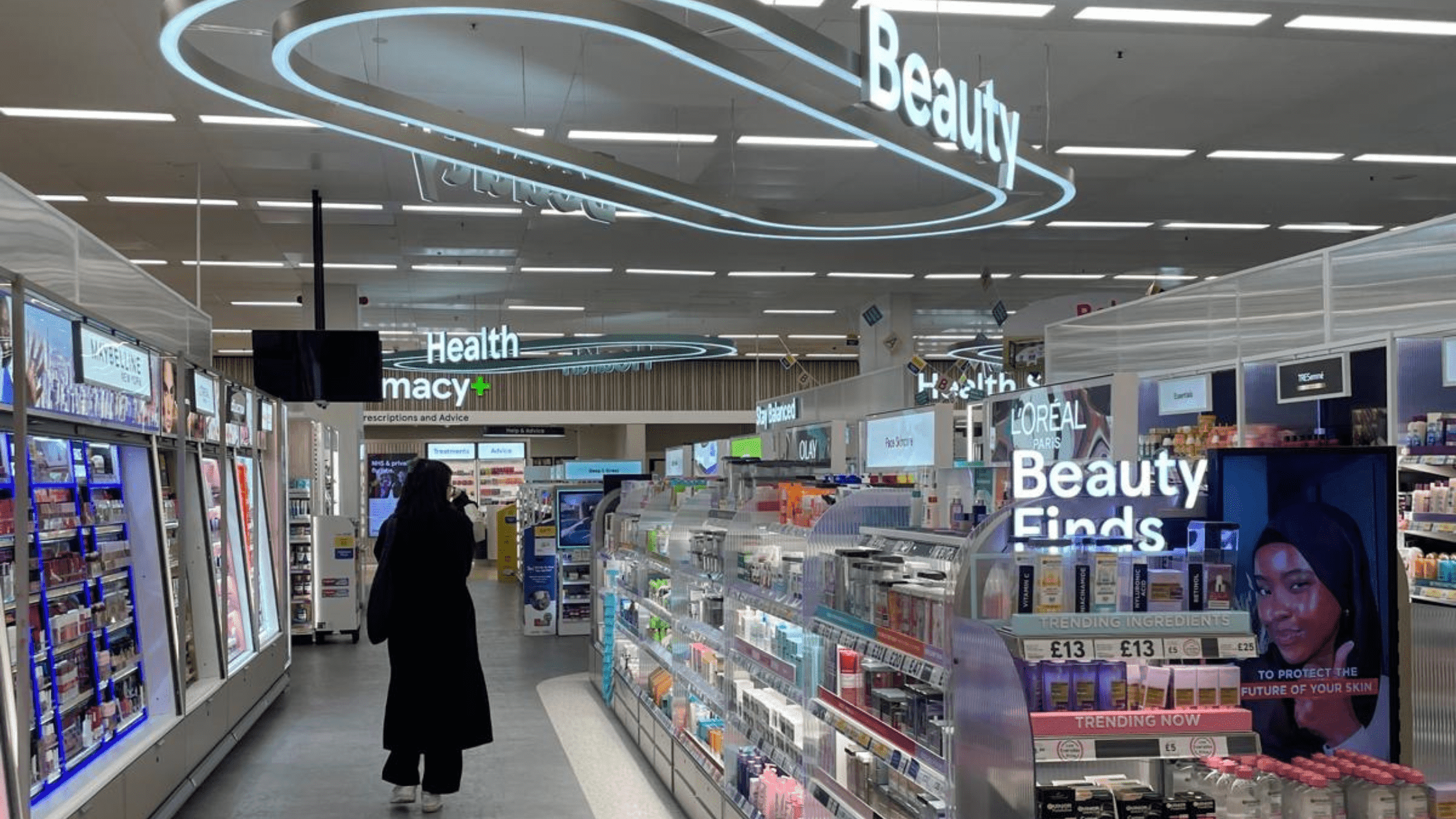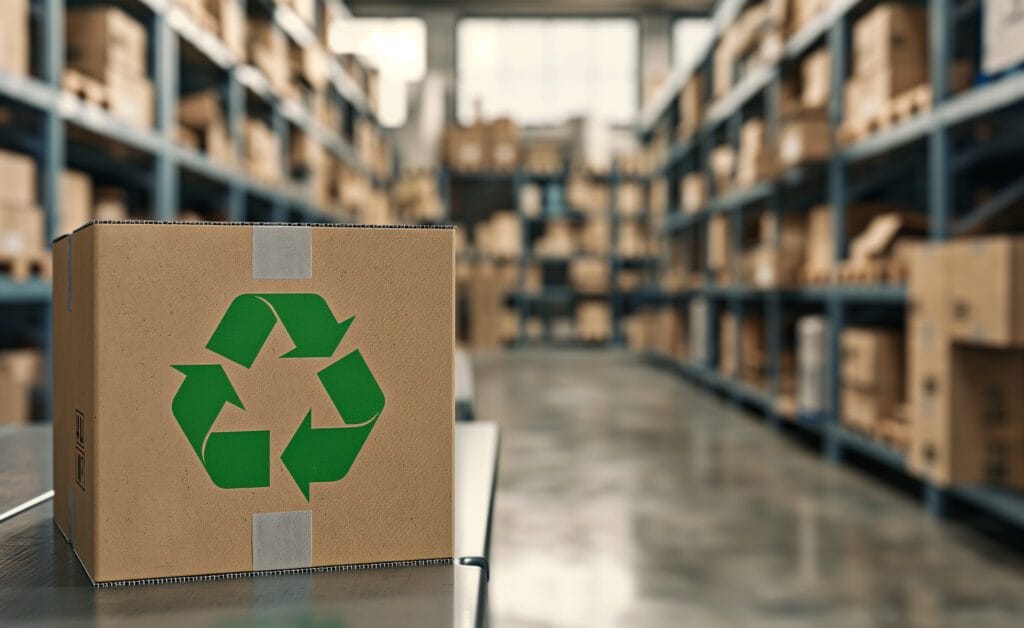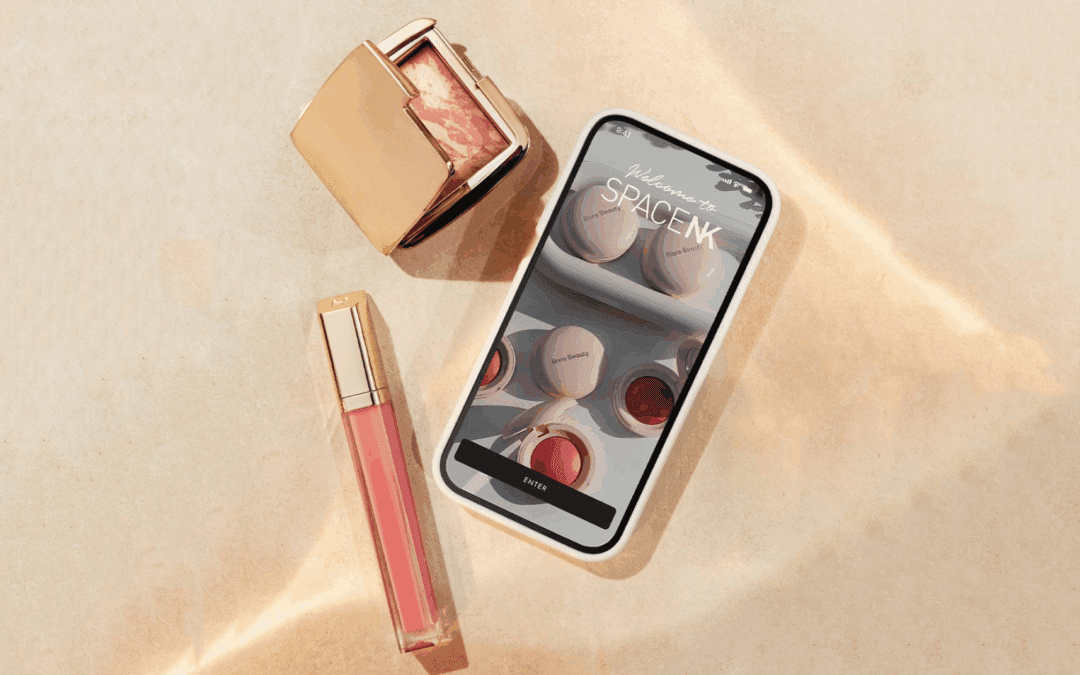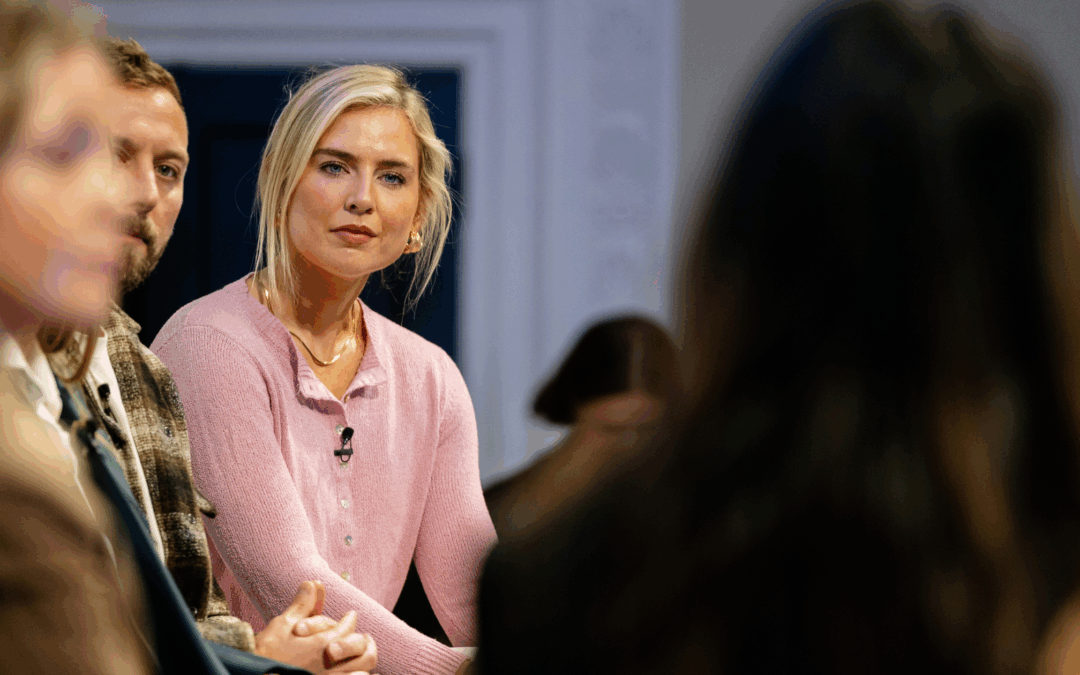Over the past five years, consumers have been trading up on their beauty buys opting to splash the cash – did 2024 buck this trend?
Mass beauty has been under threat from increasing consumer spend on prestige products. So much so, brands have given their entry-price products a face lift, resulting in masstige.
Think, the Inkey List, BYOMA, The Ordinary and Sculpted by Aimee, beauty is the perfect medium for masstige to breed. Formulations – as long as they are effective, provide visible results, are packaged nicely – can be bottled, and sold, at a pocked friendly price.
Has this market phenomenon made mass a strong contender? Put simply, no.
In 2024, according to exclusive data from Circana, prestige beauty sales grew by 10.7% year-on-year. Mass beauty sales, although still performing, only grew by 5.9%.
Emma Fishwick, UK Account Director at the insights agency, said: “2024 was another record-breaking year for Prestige Beauty as value sales exceeded £4bn for the first time in the UK.”
But, what’s driving prestige beauty’s success?
Customers are skincare crazy: As shoppers become increasingly savvy about which ingredients work best for their skin, they are increasingly likely to invest in products that specifically target their challenges and are backed by strong science-backed evidence – which generally means they come with a higher price point.
Results, results, results: Last year, a US Circana consumer survey found that 42% of consumers who bought products in the prestige retail market believed that those products were more effective than those in mass. So, people will put their hands into their pockets if they think their products will really work.
At-home treatments: As a consequence of the pandemic, people are more likely to settle for a blow dry at home, sleep in a face mask over visiting a facialist, and make use of their own gel nail kit. And, where do those pennies they save go? A more luxurious product to take their DIY treatment to the next level. Another win for prestige sales.
One area that’s witnessing growth across the market is fragrance, which is famously prestige sales’ golden child. The YOY growth in totals mass sales was driven by a 17.5% increase in the price of scent purchasing. Sure, this is partly down to a close to 20% increase in unit price but has undeniably been reinforced by the ‘dupe’ culture taking the fragrance market by storm.
Also, as beauty shoppers become younger, sales of body sprays (see: Sol de Janeiro mists) have boomed thanks to the purchasing power of TikTok’s Gen Z community.
What’s more, supermarkets are revamping the long-forgotten beauty aisles of yesteryear into hubs for browsing, testing and purchasing own-brand and mass beauty products. Last week it was reported that Sainsbury’s has registered the phrases ‘The Edit Sainsbury’s’ and ‘Sainsbury’s The Edit,’ with its sights set on a beauty line of supplements, cosmetics and other beauty SKUs.
What’s more, Tesco has started to open the doors of its ‘stores of the future’, which refocuses the beauty shopping experience through an edited range and engaging, digital gondolas.
The big question posed by Fishwick is: “Prestige Beauty in the UK has grown double digit for the last 3 years now – Can the same be achieved in 2025?”
Interested in the economic impact of the beauty industry in the UK? Read the Value of Beauty Report.




